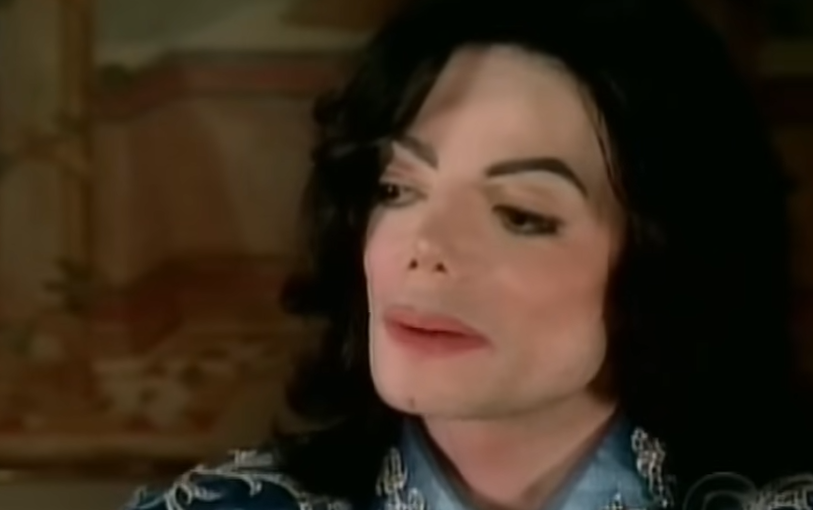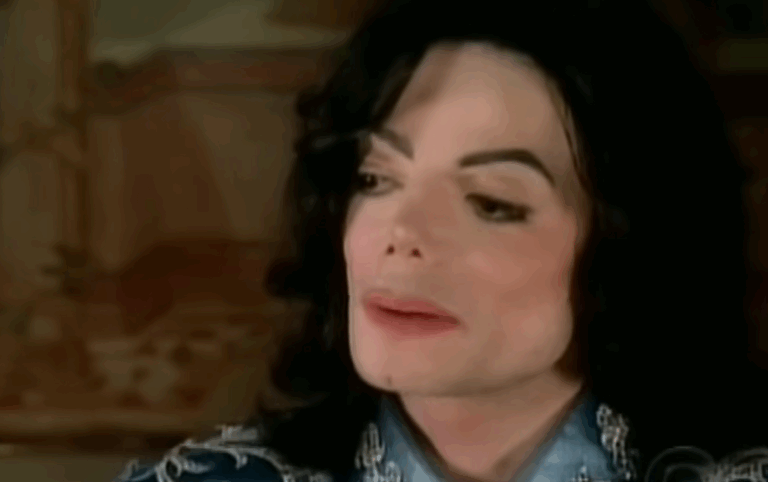Although Michael Jackson’s illness was always known, it was obstinately hidden beneath tabloid rumors and media myth. In the 1980s, Jackson was diagnosed with discoid lupus erythematosus and vitiligo, two autoimmune diseases that drastically changed the way his skin looked. The idea that he was “bleaching his skin” for aesthetic reasons continued for far too long, even though he was very open about his diagnosis, especially in his frank 1993 interview with Oprah Winfrey.
The immune system attacks melanocytes, the pigment-producing cells that give our skin its color, in vitiligo, a remarkably misunderstood condition. Uneven white skin patches appear as these cells disappear. Although frequently linked to people with lighter skin tones, Jackson’s rich, deep skin tone makes the contrast not only obvious but unavoidably noticeable. This was verified during his autopsy, when medical examiners observed a marked decrease in melanocytes across his body. Few people took the time to comprehend the medical basis of these changes, despite their obviousness.
| Name | Michael Joseph Jackson |
|---|---|
| Date of Birth | August 29, 1958 |
| Date of Death | June 25, 2009 |
| Occupation | Singer, Dancer, Entertainer, Philanthropist |
| Known For | Pop music legacy, groundbreaking videos, global fame |
| Diagnosed Conditions | Vitiligo, Discoid Lupus Erythematosus |
| Autopsy Confirmation | Vitiligo (loss of melanocytes) |
| Key Dermatologist | Dr. Arnold Klein |
| Skin Management | Depigmentation, makeup, sun protection |
| Source | Wikipedia – Health and appearance of Michael Jackson |

Jackson also struggled with discoid lupus erythematosus, a disorder that causes discolored skin patches and scarring lesions but is not always fatal. Despite the fact that his autopsy did not confirm this diagnosis, his doctors had already made it public decades prior. An additional physical hardship that the average fan rarely took into account when evaluating his changing appearance was his extreme sensitivity to sunlight, which was significantly exacerbated by the lupus diagnosis.
Jackson’s use of makeup and depigmentation procedures became especially apparent by the late 1980s. These choices were essential coping strategies for a person with a condition that gradually depigmented their skin, not just cosmetic ones. Instead of letting his face be speckled with uneven pigment, he chose to even out his skin tone, frequently using depigmenting creams of medical grade, which is an incredibly successful but emotionally taxing procedure. Close medical sources claim that this was more about finding calm in public places and onstage in bright lighting than it was about hiding who he was.
Media outlets tragically misrepresented the story of Jackson’s appearance. Rather than sympathy, he was mocked. The media promoted conspiracy theories rather than fostering curiosity. Jackson’s notably lighter skin during the “Bad” and “Dangerous” eras—an evolution that critics mistakenly attributed to self-hatred or fame-induced delusion—was the pinnacle of this tension. However, these presumptions disregarded the very evident medical evidence that Michael Jackson had vitiligo, which was verified both before and after his passing.
This was not unique to him. Supermodel Winnie Harlow has frequently mentioned Jackson as one of the first public figures she knew to have vitiligo. Harlow proudly sports the condition in advertisements for high-end fashion brands. In fields where visual conformity was once the norm, his bravery opened the door for a broader definition of beauty. Decades later, society is finally ready for the global discussion on skin conditions and representation that Jackson’s experience sparked.
Cosmetic surgeries, especially to his nose, further complicated his efforts to control his appearance. These decisions were frequently confused with his shifting skin tone, creating a dangerously oversimplified story that downplayed the psychological effects of long-term illness. The truth is that Jackson probably experienced a great deal of distress, which is evident from the measures he took, such as wearing gloves to conceal changes in his hand pigmentation, parasols in public, and leading a more solitary life.
The social repercussions were disastrous. Michael Jackson became a target of racialized suspicion, the target of viral jokes, and a joke topic for late-night hosts. The public demanded explanations that matched preconceived ideas about fame and vanity rather than acknowledging the psychological toll that autoimmune disease takes, particularly for someone who is constantly on camera. The rumors probably made him feel even more alone, as he was already traumatized by childhood and subjected to constant media attention.
Reexamining Jackson’s case is especially helpful at this point because it provides insight into how we handle public figures who have obvious medical conditions. By acknowledging his misunderstanding, we also look at how society has historically pathologized people who didn’t meet conventional standards of beauty. In many respects, the media let him down both during his lifetime and long after he passed away. He was an artist attempting to maintain some control over his image as his body changed against his will, not a man fixated on changing into something else.
Additionally, there is a significant link between Jackson’s public vitiligo journey and a broader rise in awareness of autoimmunity. Over the last ten years, vitiligo has become less stigmatized thanks to awareness campaigns, especially on social media sites like Instagram and TikTok. Public disclosure of autoimmune diagnoses by celebrities like Harlow and even musicians like Tamar Braxton has helped normalize discussions that Jackson was never able to fully control.
When he was at the top of his game, Jackson lacked the vitiligo community’s support networks and lexicon. Social media did not exist to promote education or unity. Research in dermatology was still catching up. People who shared his appearance and condition were rarely heard from by the general public. He made an effort to clarify himself through well-planned public remarks and strategic interviews, but frequently to an audience that had already formed an opinion.
It becomes abundantly evident that Michael Jackson wasn’t ashamed of who he was when his medical history is reviewed with knowledge. Instead, he was surviving a disease that changed his look and the course of his career. His tale serves as a sobering reminder of how hastily we make assumptions about things we don’t understand and how empathy becomes essential when facing obvious differences.


